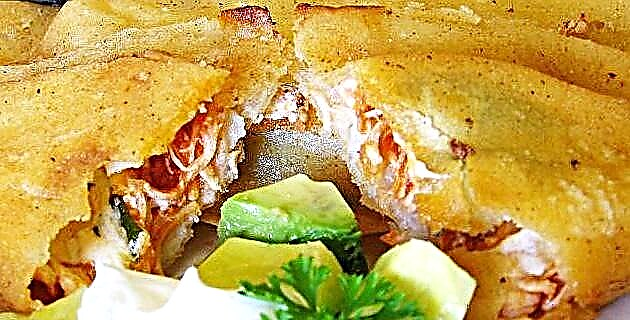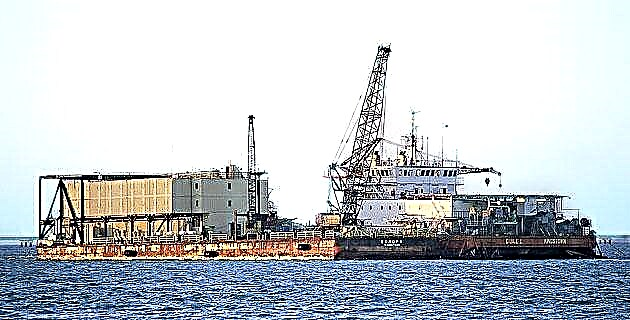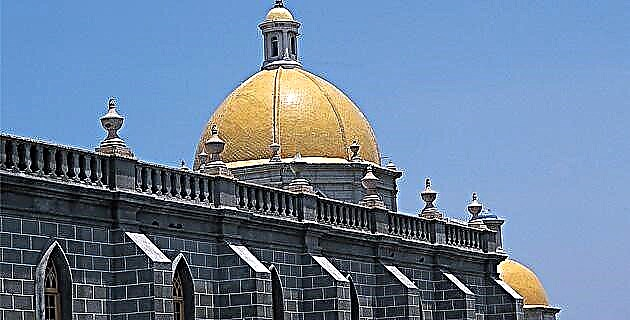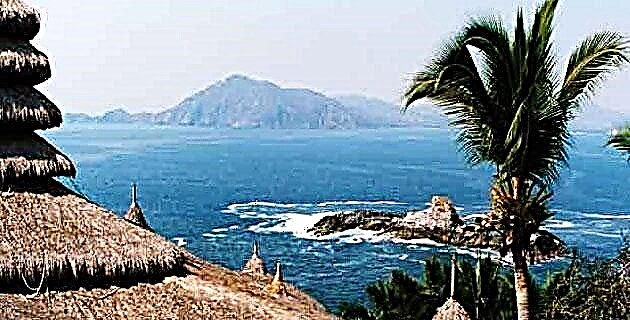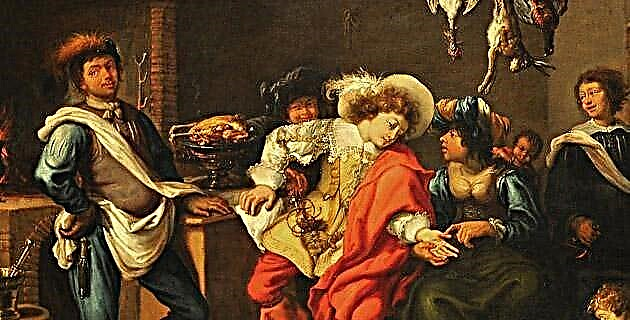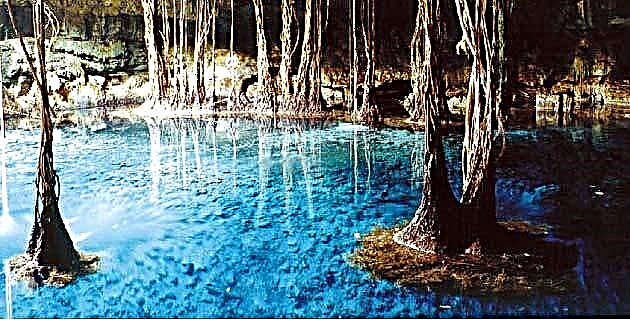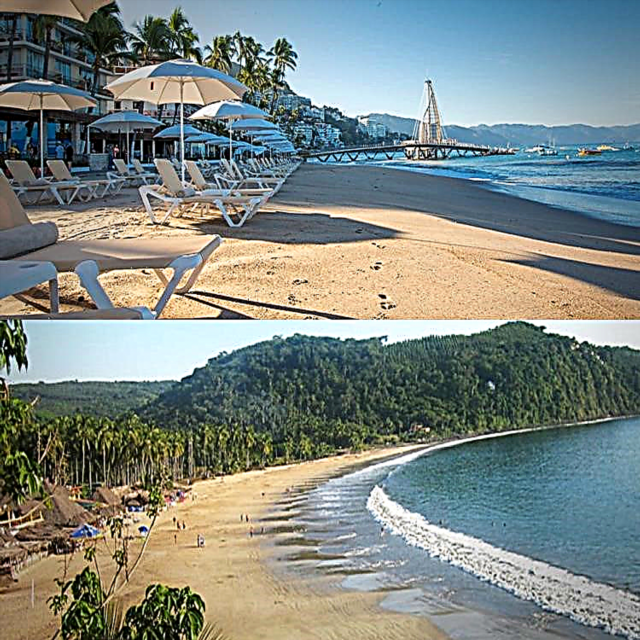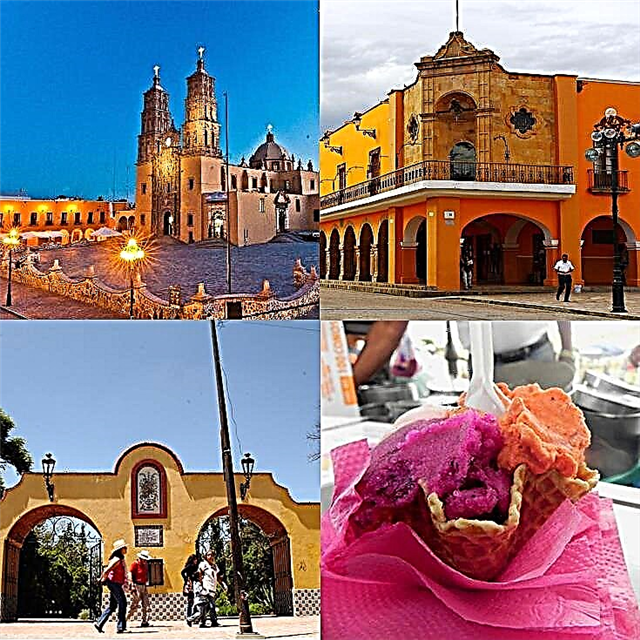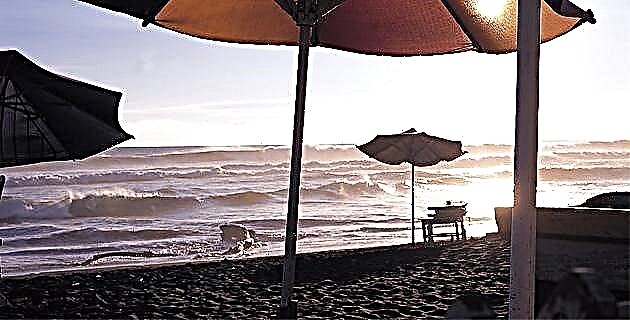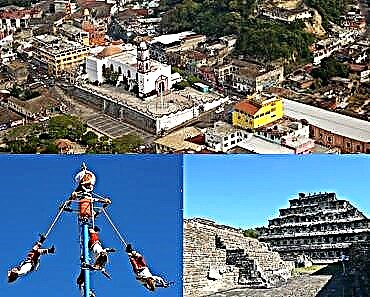Papantla de Olarte is a charming city in Veracruz, a sanctuary of typical dances, rich in artistic and culinary traditions, and the seat of an ancient pre-Columbian Totonac city. We present you the complete guide to Magic Town Veracruzano so you don't miss any of its great attractions.
1. Where is Papantla located?

Papantla de Olarte is the head city of the municipality of Papantla, located in the north-central zone of the state of Veracruz. It is of Totonac heritage and its archaeological site and traditions are present to confirm it. The public spaces of Papantla are exuberant in murals, monuments and buildings of interest. In 2012 the town regained its title of Magical Town, which it had earned based on its attractive tangible and intangible heritage.
2. How did the town originate?
The Totonacs came from northern Mexico and founded El Tajín, a city that could have been the capital of this pre-Columbian civilization. During colonial times, it was first called the Mayor of Papantla and then Villa de Santa María de Papantla. In August 1910 it was graduated as a city, with the name of Papantla de Hidalgo, a denomination that only exhibited 4 months, since in December of the same year it was renamed Papantla de Olarte, in honor of the Totonac chief Serafín Olarte, who fought against the Spaniards during the Mexican War of Independence.
3. What are the distances from the main nearby cities?

The city of Veracruz is 230 km away. from Papantla, while Tuxpan is 83 km., Poza Rica 109 km., the state capital, Xalapa, 206 km .; Córdoba at 338 km. and Orizaba at 447 km. The capitals of neighboring states closest to Papantla are Pachuca, which is located 233 km. and Puebla, which is 294 km away. To go from Mexico City to the Magic Town you have to travel 340 km. heading northeast on Federal Highway 132D.
4. How is the climate of Papantla?
Papantla de Olarte is a city with a tropical climate based on its latitude and low altitude, which is only 191 meters above sea level. The average annual temperature is 24 ° C, which rises to the range of 26 to 28 ° C in the warmest period, which goes from April to September, although it can sometimes go above 32 ° C. The months The coolest are December, January and February, in which the thermometers show an average of around 15 ° C. In Papantla 1,200 mm of rain falls a year and two out of every three millimeters fall in the June - October season.
5. What are the main attractions of Papantla?

Papantla de Olarte stands out for its religious buildings, monuments and murals, and for the traditions around the dance of the flyers and the cultivation of vanilla. Among the buildings are the Temple of Our Lady of the Assumption, the Church of Christ the King, the Municipal Palace and the Israel C. Téllez Park. Papantla also stands out for its murals and artistic monuments, among which the sculptural mural Homenaje a la Cultura Totonaca and the Monument to the Flying One stand out, whose dance is the pre-Hispanic symbol of the town. The archaeological zone of El Tajín is one of the most important legacies of the Totonac civilization. The aromatic Vanilla from Papantla is protected by a designation of origin.
6. What is in the Parish of Our Lady of the Assumption?
This simple church started by the Franciscans in the 16th century has a 30 meter high tower that was added in 1879 and a clock placed in 1895 that still works. During the Mexican Revolution it was used as a barracks by Pancho Villa's forces. The image of the Virgin of the Assumption has an almost implausible history, since it arrived floating to the shores of Tecolutla, with an indication on the box that its destination was Papantla.
7. What is the Church of Cristo Rey like?
This neo-Gothic chapel was erected in the mid-20th century and is very similar to the Cathedral of Our Lady of Paris. It is designed with ribs, pointed arches, rose windows and other architectural elements that recall the main religious monuments of European Gothic. The celebration of Christ the King, celebrated in November, is very colorful, with Totonac music and dances and has an emotional moment when the participants shout in one voice "Long live Christ the King."
8. What is the Municipal Palace like?

The original version of the Municipal Palace of Papantla was erected in 1910 and was only in use for 5 years, since Pancho Villa's forces destroyed it in 1915 during the Mexican Revolution, being rebuilt in 1929. The building in neoclassical lines, with the façade classic fronton type, it is located in the center of the city.
9. Where is the Israel C. Téllez Park located?
This park located in the center of Papantla is the heart of city activity. It has a striking kiosk that shows on its ceiling a mural called "The Destruction of Man" and in a planter that faces east is the sculpture "El Regreso de la Milpa". During the weekend, the cultural and entertainment activity is continuous in the park, with Danzón Fridays, Musical Saturdays and Cultural Sundays.
10. What can you tell me about the Dance of the Flyers?

The origin of this beautiful pre-Hispanic rite that is Intangible Cultural Heritage of Humanity, dates back to the Middle Preclassic Period. Most tourists who come to Mexico are scheduled to see indigenous dancers descending from their high wooden pole and these are already known throughout the world as the Voladores de Papantla. In the city of Veracruz they have several posts and a monumental statue.
11. What is the interest of the Monument to the Flyer?
There are two good reasons to visit the Monumento al Volador, located on a hill in the center of Papantla: the beauty of the sculpture and the spectacular view of the Magic Town from there. This work by the Papanteco artist Teodoro Cano García, dedicated to the indigenous people who risked their lives in the fertility rite, shows a squad caporal playing the flute, dressed in his characteristic clothing.
12. Where is the mural Tribute to the Totonaca Culture?

The spectacular sculptural mural Tribute to the Totonaca Culture It was made in 1979 by the native artist of Papantla, Teodoro Cano García, with the collaboration of the sculptors Vidal Espejel, Rivera Díaz and Contreras García. The majestic work of 84 meters long and 4 meters high is located in the retaining wall of the atrium of the Church of Our Lady of the Assumption and artistically describes the history of Papantla from pre-Columbian times to the 20th century.
13. Is there a museum in town?
The Teodoro Cano Cultural Center, named after the notable Papantla sculptor, author of the main large-scale artistic works that adorn the city, opened its doors in 2007 in the center of Papantla. The center has a museum that houses 22 works made with different techniques by the master Cano García, as well as original pieces and replicas of pre-Hispanic objects. Some of its most attractive spaces are those that recreate different aspects of Totonac culture, such as its cuisine and traditional clothing. Another interesting Papanteco museum is that of Masks.
14. What's in the Museum of Masks?
The use of masks in traditional dances, rites and ceremonies constitutes a facet strongly rooted in Mexican popular culture since pre-Hispanic times. They are made of different materials such as wood, leather, cardboard, wax and papier-mâché, and are part of the colorful clothing used in the typical dances and dances. 16 km. In Papantla de Olarte, in the community of San Pablo, there is a curious Museum of Masks in which more than 300 pieces from Mexico and other regions of the world are exhibited.
15. What is the significance of the archaeological site of El Tajín?
It is believed that this archaeological site located 9 km. de Papantla was the capital city of the Totonac empire, experiencing its greatest splendor between the 9th and 12th centuries. El Tajín was the largest pre-Hispanic city on the northern coast of the Gulf of Mexico, although it was already depopulated when the Spanish arrived. Among its main structures are the Grupo del Arroyo, the Tajín Chico, two courts for the Ball Game, Buildings 3, 23, 15 and 5; and the imposing Pyramid of the Niches.
16. What is the Pyramid of the Niches like?

The most important, best-preserved and most curious architecture of the El Tajín archaeological site is this pyramid, which has 7 levels and 18 meters high. It receives its name from the 365 niches that are arranged on its 4 faces, believing that each one represented a day of the year, perhaps in a kind of calendar. Another hypothesis indicates that they could be spaces destined to place candles or torches to illuminate the city.
17. Is there a site museum?
Within the archaeological site is the El Tajín Site Museum, a space inaugurated in 1995, which has two different areas. In the first, the sculptures found during the excavations and some models that architecturally reconstruct what the pre-Hispanic city was like are on display. The second section is intended to explain the way of life of the Totonac civilization in pre-Columbian times.
18. What can you tell me about vanilla?

You may not know that vanilla is a genus of orchids. One of the best known species, the Vanilla planifolia, is native to Papantla, producing its fruit widely used as a flavoring and flavoring. Although native to the town, the species grows in other parts of Mexico and the world. To differentiate it commercially on a global level, the Mexican has the denomination of origin «Vanilla de Papantla». Be sure to try in Papantla a treat that contains authentic local vanilla, or visit the Monument to Vanilla.
19. Can I see the vanilla plant?
The Xanath Ecological Park was created in Papantla by a family headed by José Luis Hernández de Cuir, in order to show visitors the ecosystems around the vanilla plant and other species such as the flying stick and the chote, a plant Veracruz medicinal and nutritional. The park is lush with vegetation and has an area equipped with ropes that you can use to save some unevenness in the terrain. There is also a Totonac house with temacal and other primitive elements.
20. Are there any other theme parks?
The Takilhsukut Theme Park, located at km. 17.5 of the highway between Poza Rica and San Andrés, in front of El Tajín, was conceived to rescue and promote the indigenous identity of Veracruz. On the site they show different traditions, customs and cultural manifestations of the Totonac civilization. It opens daily between 8 a.m. and 1 p.m., but the best day to visit it is Saturday, since the schedule of activities is more numerous.
21. Is it true that there are also some nice waterfalls?

60 km. Papantla, in the community of Socialist Insurgents, there are some beautiful waterfalls formed in the course of the Joloapan River. This hidden place is little promoted, although every day it receives more visitors who are going to delight in the beauty of the falls and the relaxing sound of falling water. To get to the waterfalls, you have to travel a dirt road.
22. What can I buy as a souvenir?
In Papantla there is an artisan tradition, both artistic and culinary, around vanilla, with which figurines are made using its pod and liqueurs and creams are made. The papantecos are very skilled at weaving the palms that grow in the fields, with which they make baskets, hats, bags, fans and sandals. The rite of the Voladores is another field for the ingenuity of popular artists, who make miniature pre-Hispanic flutes and dancers, with clay and wood.
23. How is Papanteca gastronomy?

Papantla's food is very varied, standing out the recipes based on pork, chicken and turkey, the bean tamales, the chaca mushroom empanadas, the bocoles stuffed with chicken, the beans in broth with peas and the beans in alchuchut. The favorite sweets are pumpkin and almond eggs, always flavored and flavored with authentic Papantla vanilla. Atoles of various flavors are drunk, both hot and cold.
24. What are the main hotels?
Hotel Tajín is a simple establishment, well located in the center of Papantla, which has the basic services and provides careful attention. Hotel Casa Blanch, in Benito Juárez 305, is a modest lodging, but clean, cozy and with excellent service. Hotel Provincia Express, located in Enríquez 103, is close to El Tajín and from its balconies you can see the dance of the Voladores that they perform in the ancient Totonac city. Other accommodation options in Papantla de Olarte are Hotel La Quinta de los Leones and Hotel Familiar Arenas.
25. Where can I go to eat?

Restaurant Plaza Pardo, opposite the plaza, has Mexican, Latin American and Spanish dishes on its menu and has a privileged view to see the Voladores show. Nakú offers Mexican food, seafood and grills, and they offer a craft vanilla beer. The Ágora Restaurant, located at Libertad 301, enjoys an excellent panoramic view and is praised for its good seasoning and reasonable prices. La Bosa is an Argentine restaurant and L’Invito offers traditional Italian food.
Willing to pack your suitcase to go enjoy the monuments and traditions of Papantla de Olarte? We hope that when you return you can write us a brief note about your impressions of the Veracruz people and that this guide will be useful to you.

